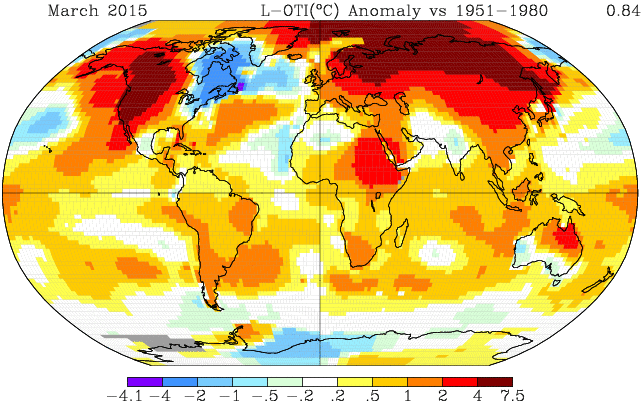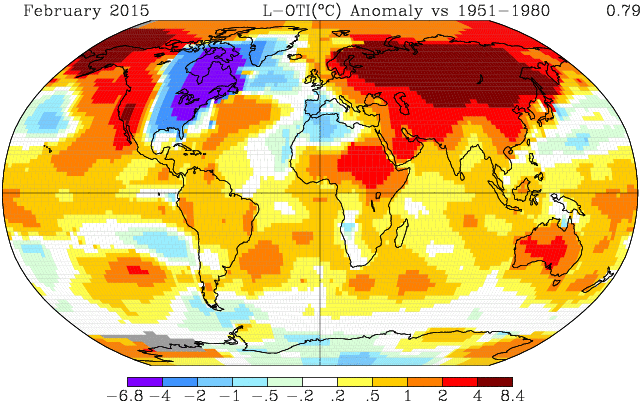Last week Mike the Mad Biologist linked to an essay by Union College physics professor Chad Orzel, “Particle And Astro Aren’t The Only Kinds Of Physics“. Orzel’s field is Atomic, Molecular, and Optical (AMO) Physics. For my Ph.D. research I worked a problem in molecular physics. It was an experimental test of a very old theoretical problem: Imagine a hydrogen atom with a huge point electric dipole moment at its nucleus. What happens to the hydrogenic orbitals and the energy levels as a result of the dipole? That was one aspect of the problem. The other was that there is no such thing as an atomic ion with an huge electric dipole moment at its nucleus. The Rydberg states I was studying had a molecular ion core rather than an atomic one. The other question I addressed was how an the oscillating dipole affects the exchange of energy and angular momentum between the Ryberg electron and the molecular ion core. Anyhow, with our backgrounds in AMO physics, Orzel and I share some common experience and common knowledge. His article resonated with me. He starts out:
I sometimes get asked why I’m not a particle physicist. This is a question that can have a bit of an edge, particularly when coming from high-energy theorists, a number of whom feel that only second-rate physicists do experimental particle physics, and anyone who studies things larger than the nucleus of an atom might as well be a chemist.
I sympathize. My lab was the Chemistry Dept. I’d often get asked why I wasn’t an organic chemist. Orzel provides a really nice explanation for why he chose the field he did:
I’m in AMO physics by choice, because I find it a particularly congenial field for a number of reasons, some of which I’ll try to explain here… It’s not too big… [In contrast to particle physics, the] community as a whole is also much smaller… This means you have an excellent chance of getting to see and interact with even the biggest names in the field, who are mostly very down-to-Earth folks… It’s not too small… The subject matter of AMO physics, as it says right there in the name, involves atoms and molecules, generally very simple molecules by the standards of chemistry. These hit a sort of Goldilocks point, at least for me– they’re small enough to show interesting quantum effects, but not so small that you can’t see them directly… The physics is amazing… It has applications all over… You can even attack the same fundamental physics studied with giant particle colliders using small-scale AMO physics labs…. (As a bonus, [AMO is] also an unusually collegial subfield– even research groups that are in direct competition tend to be on friendly terms with one another…)


